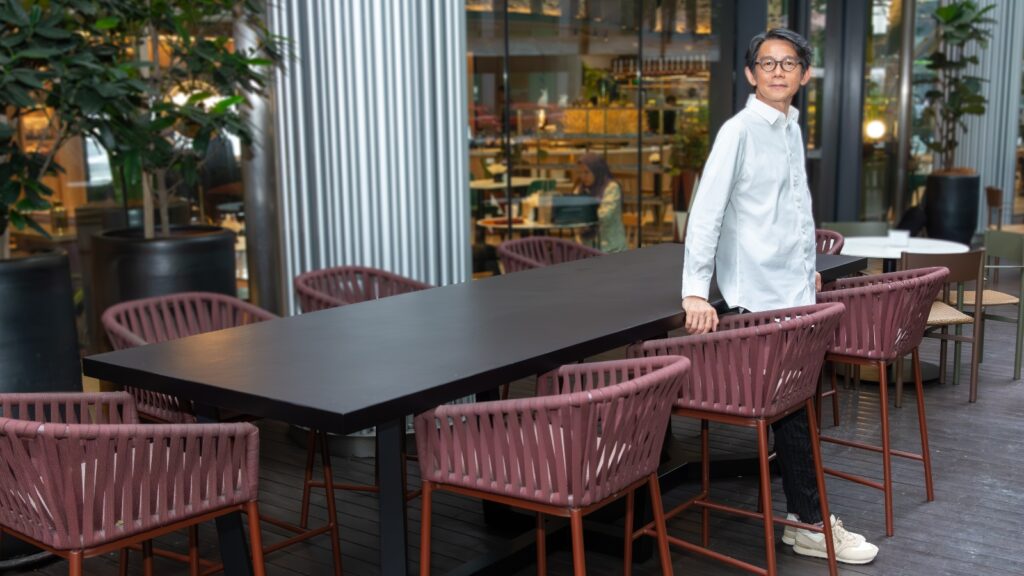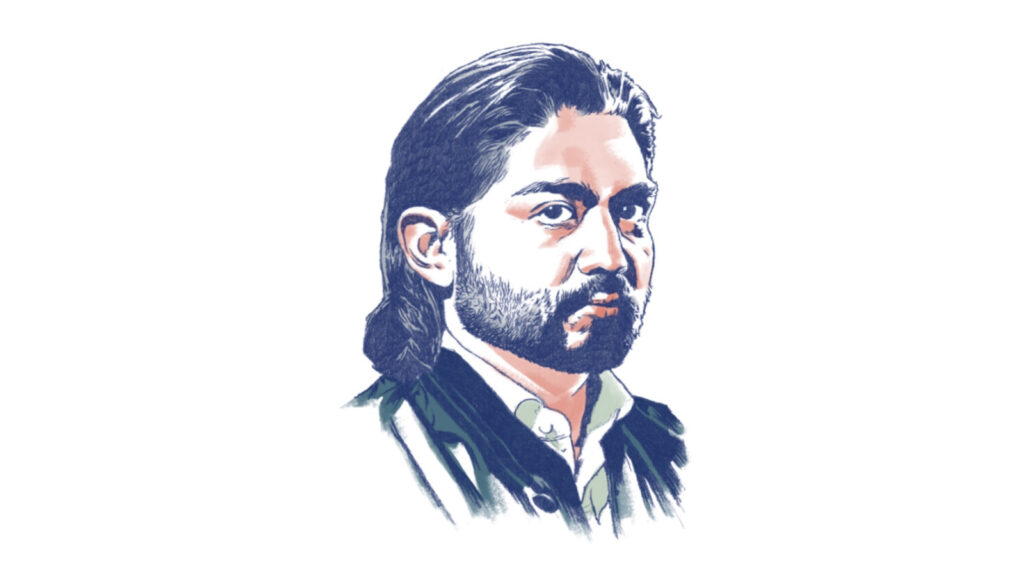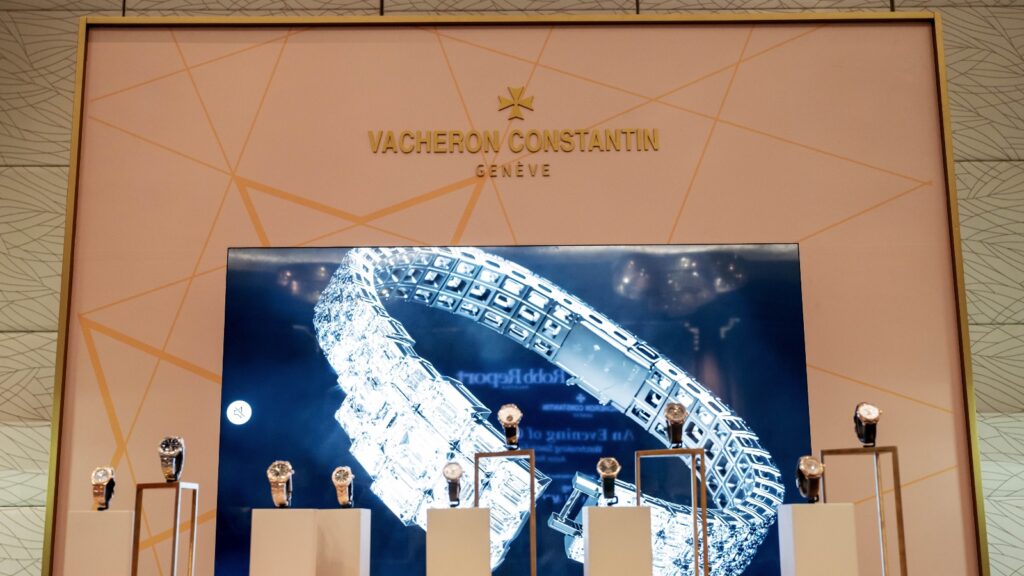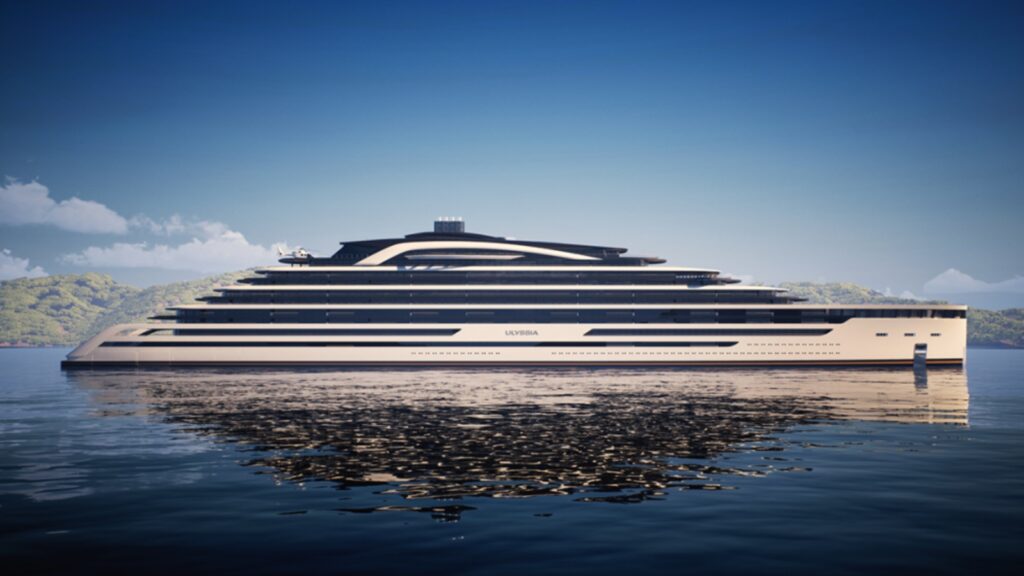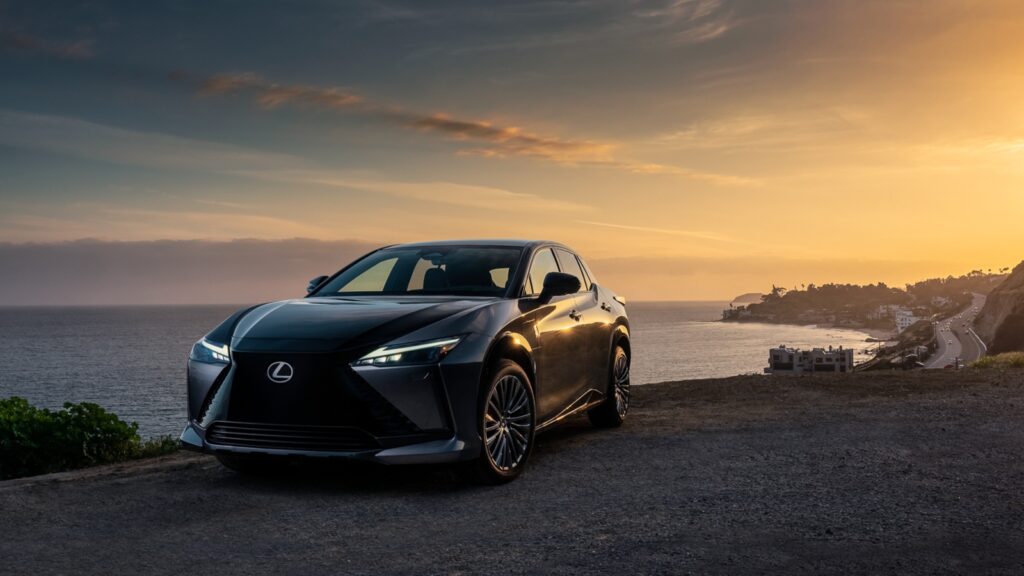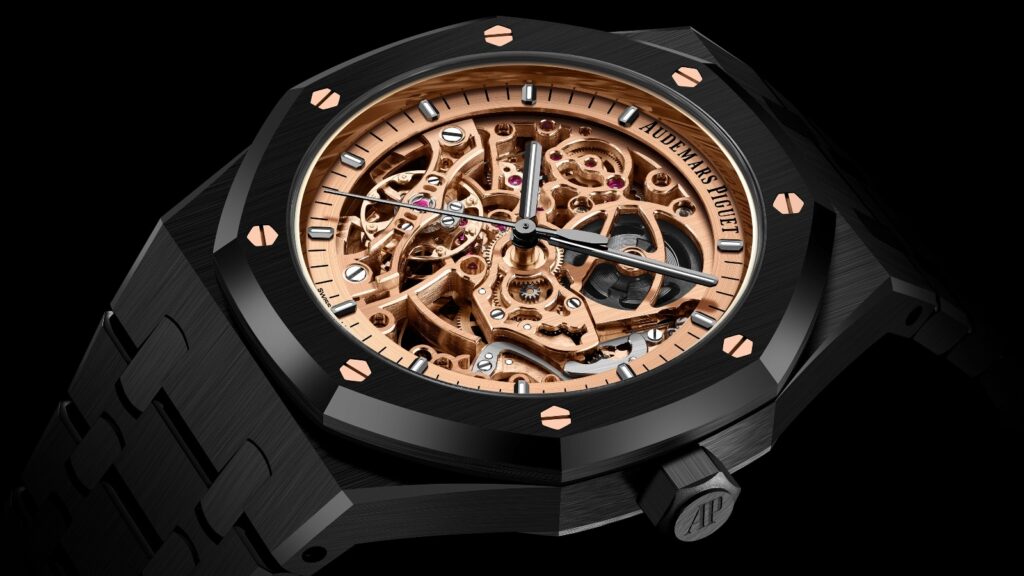When it comes to interior design, IDr. Lai Siew Hong stands as a seasoned maven in the art of creating spaces that blends visual harmony and functionality. As the co-founder of Malaysian interior design firm Blu Water Studio and as the former president of the Malaysian Institute of Interior Designers (MIID), IDr. Lai has garnered recognition for his progressive and award-winning compositions. IDr. Lai’s interest in interior design and architecture was sparked during family vacations, where he observed various spatial layouts and constructional styles in hotels. After completing his studies at the State University of New York, IDr. Lai enveloped his passion in the Big Apple design epicentre for two years before returning to Kuala Lumpur to kickstart his career.
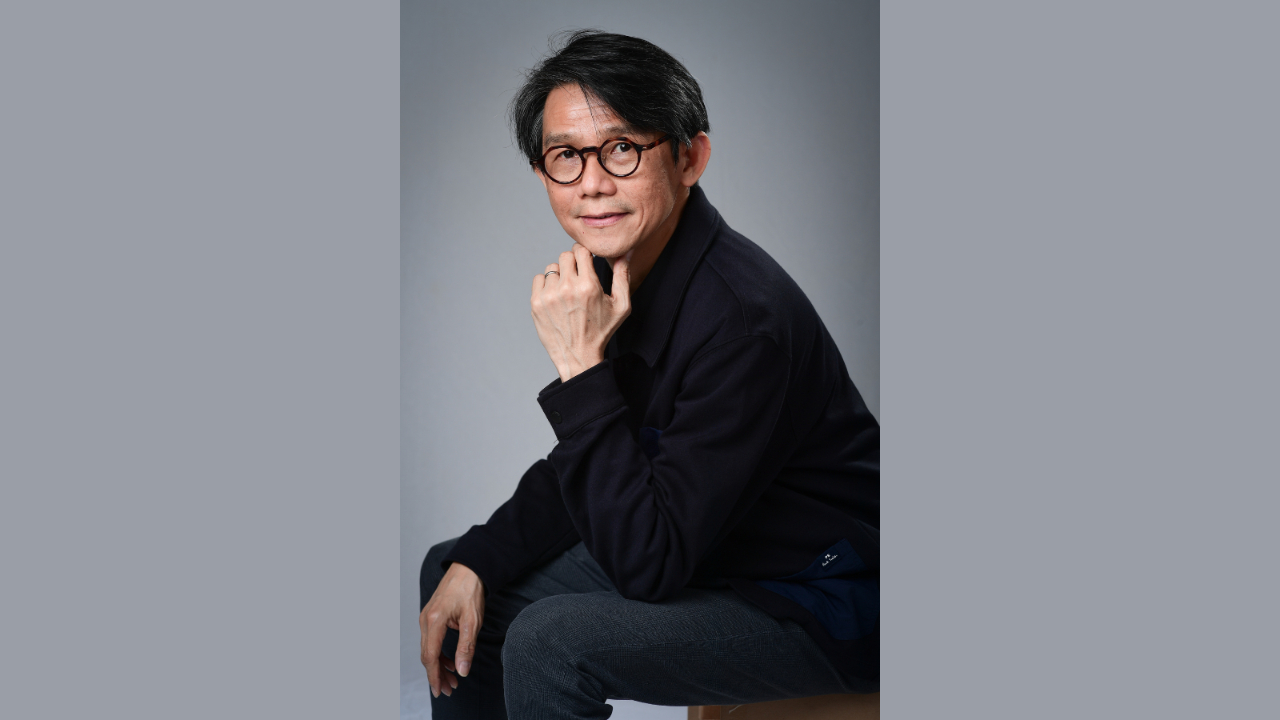
IDr. Lai’s design philosophy stems from his core belief in community, sustainability and eco-consciousness—emphasising the importance of minimising energy consumption and carbon footprints in exemplary interior design. By leveraging long-lasting materials, IDr. Lai strives to foster recycling and upcycling modalities to reduce waste and ultimately contribute to a healthier environment. In 2018, this ethos was further strengthened when he encountered a diverse selection of novel and carbon-neutral Cosentino surfaces. Since then, IDr. Lai has been incorporating Cosentino surfaces into notable projects such as the Étoile Bistro at EQ Kuala Lumpur and Amari SPICE Penang. This year, Cosentino renewed its partnership with IDr. Lai for another season of Design x Dialogue—a quarterly series comprising stimulating design panels and discussions with new emerging designers.
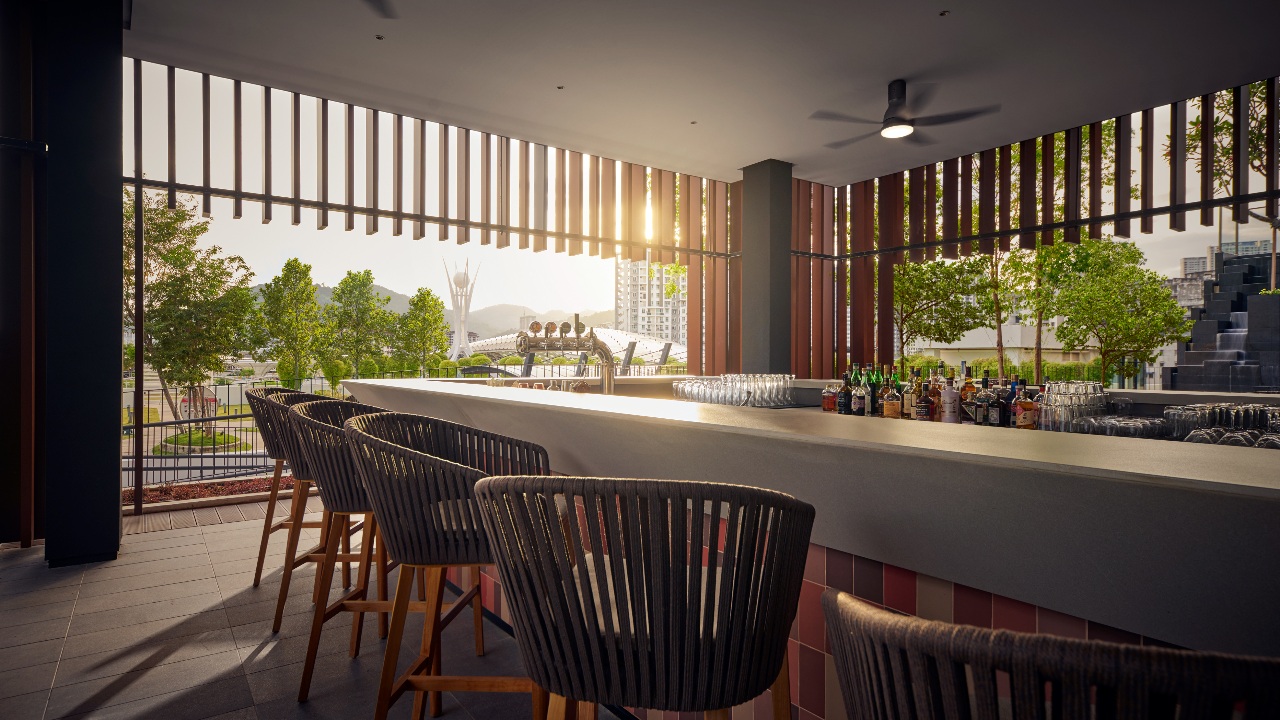
What would you say is the biggest difference between New York and Malaysia’s design landscape?
New York is known for its fast-paced lifestyle, but ironically, the creative workflow there is quite different. In Malaysia, however, there’s a demand for quick results. Clients often ask for a design to be ready within a week or two, which contrasts with the more relaxed pace in New York where we might have months to develop a concept. Construction in Malaysia is also faster, with projects completed in a fraction of the time it takes in New York.
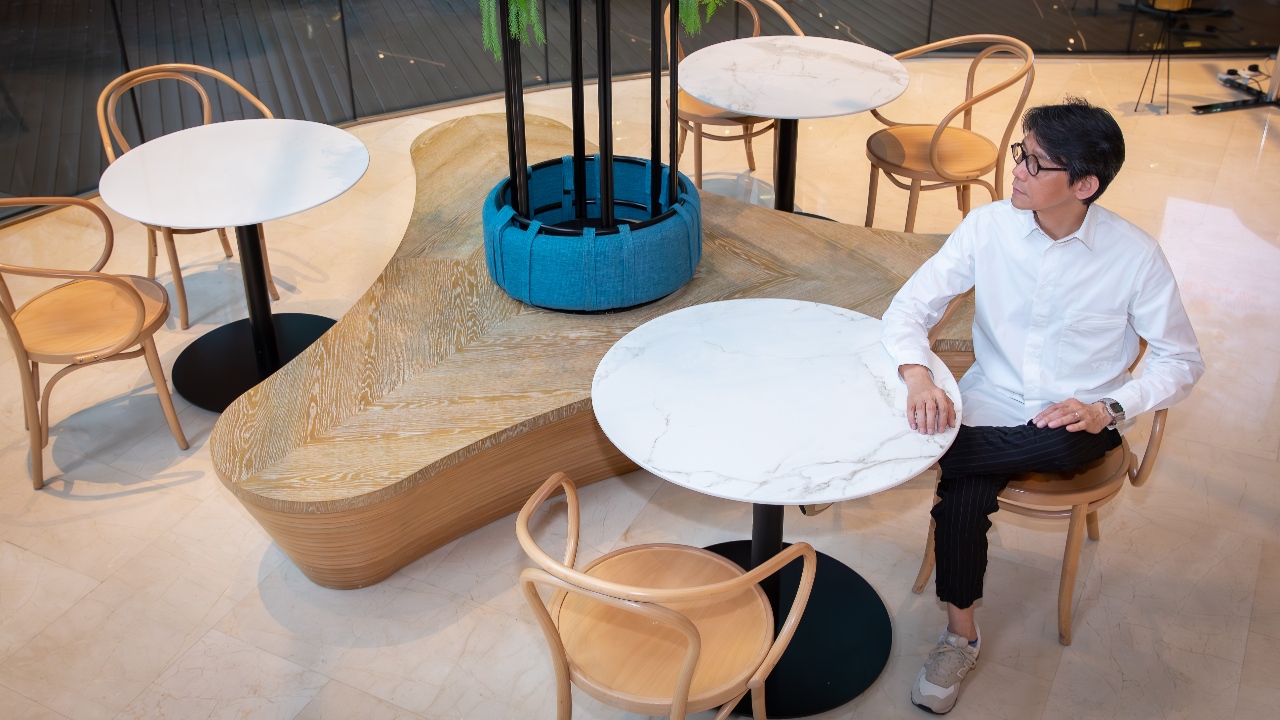
Sustainability is a core belief in your design philosophy. How receptive do you think the industry is to embracing sustainability, and what are some of the things you do to foster a more sustainable design landscape?
In our studio and projects, we take deliberate steps toward sustainability. Our focus primarily lies in minimising energy consumption, which often means reconsidering our reliance on unnecessary power. For instance, we prioritise natural ventilation over air conditioning whenever possible, among other sustainability practices. We’re mindful of our carbon footprint so we normally source materials locally as well as neighbouring countries such as Indonesia, Philippines or Thailand, rather than importing from Europe. Moreover, we design spaces that promote health and wellness, as I believe that sustainability encompasses not only the use of eco-friendly materials but also the enhancement of overall well-being.
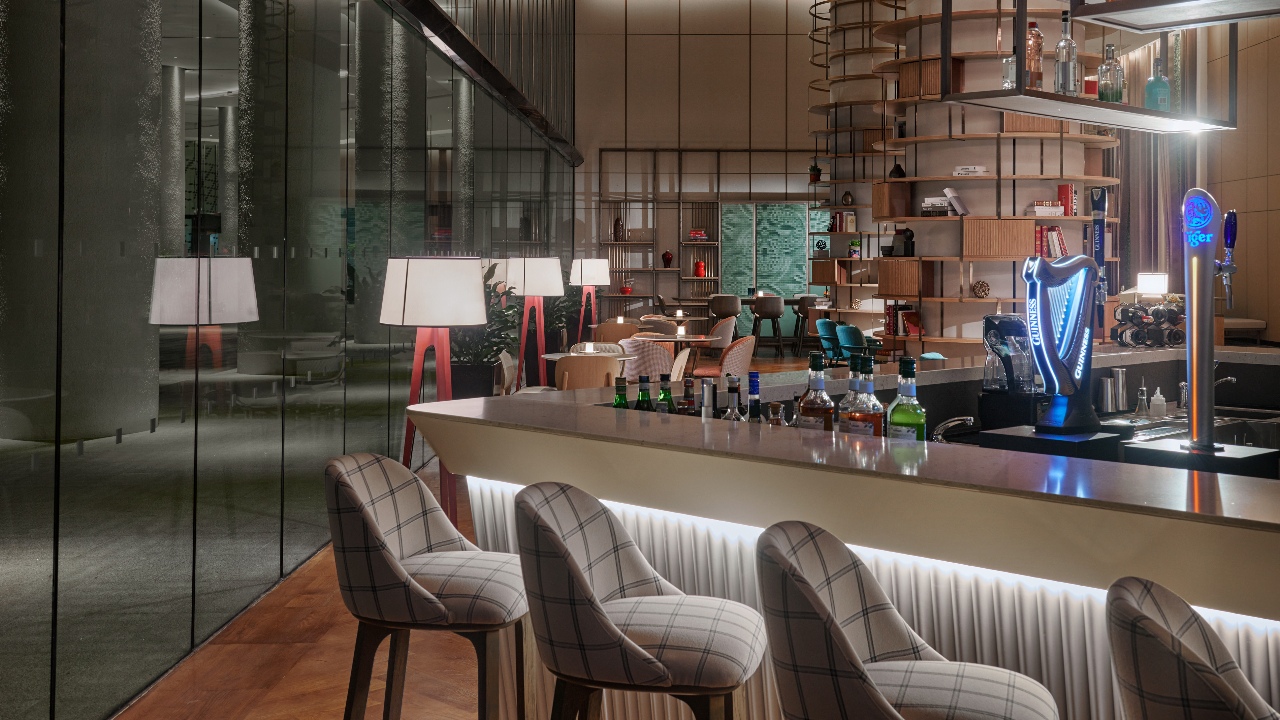
Achieving balance between aesthetics and functionality can be difficult in interior design. What takeaways have you learned about creating spaces that are both visually appealing and practical?
We constantly strive to surpass our initial goals to strike a balance that aligns with the client’s preferences. This means being willing to compromise on certain elements while still maintaining the overall look we envisioned. Too much focus on practicality alone can lead to a lack of excitement and challenge for us as designers. While our projects lean towards contemporary design, we’re not strictly minimalist. Instead, we’re trying to ensure that each element plays its part without overpowering the overall aesthetic.
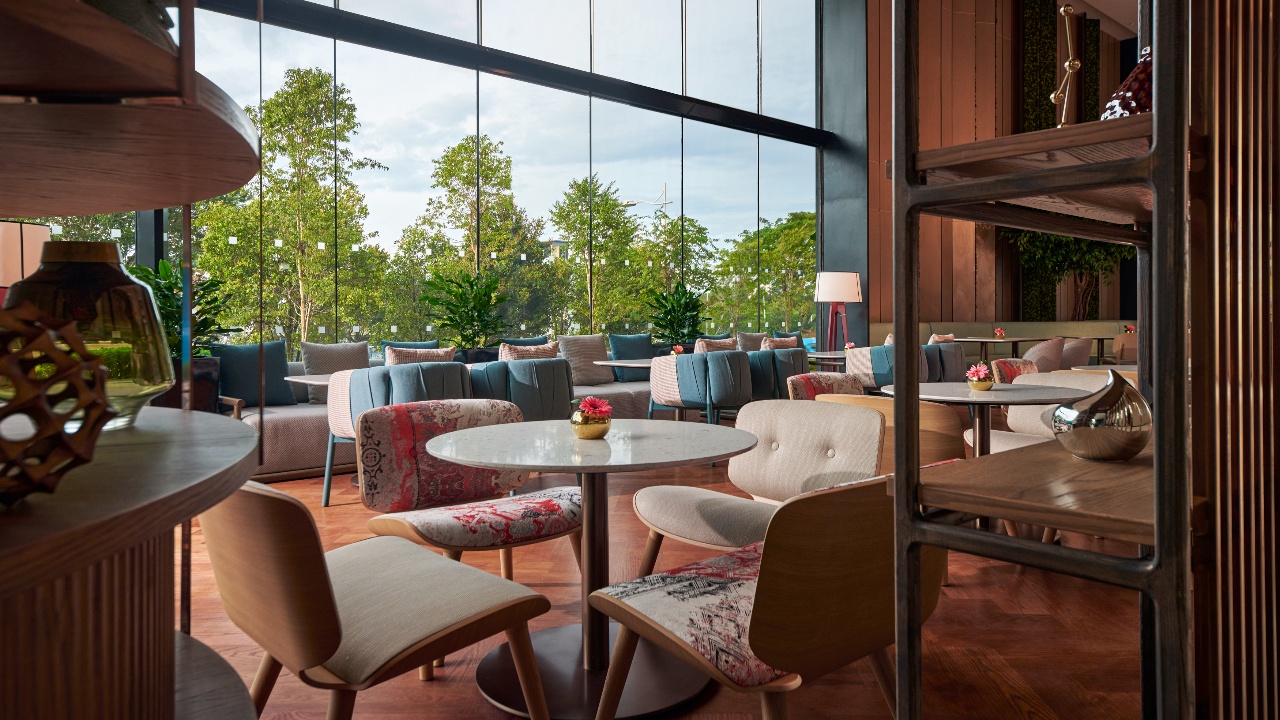
How did you first come across Consentino and what are some of the factors that resonate with your decision to collaborate?
We started using Cosentino products in our projects back in 2018, prior to the full establishment of their factory and showroom in KL. Since then, we’ve built a strong reputation with the brand, primarily due to the innovative nature of their products. I was first approached to participate in an online dialogue during my time in MIID, and this initial contact led to further discussions about hosting a dialogue series in Cosentino’s showroom. I immediately agreed to it. We both shared the belief that there was a need to elevate design creativity and raise awareness among creative minds in Malaysia. Kuala Lumpur lacks large-scale events for designers, unlike what I experienced in New York. We wanted to create more opportunities for the creative community to come together, and hosting events seemed like the perfect solution. Over the past year, our collaboration has been successful, and I’m looking forward to organising more sessions in the future.
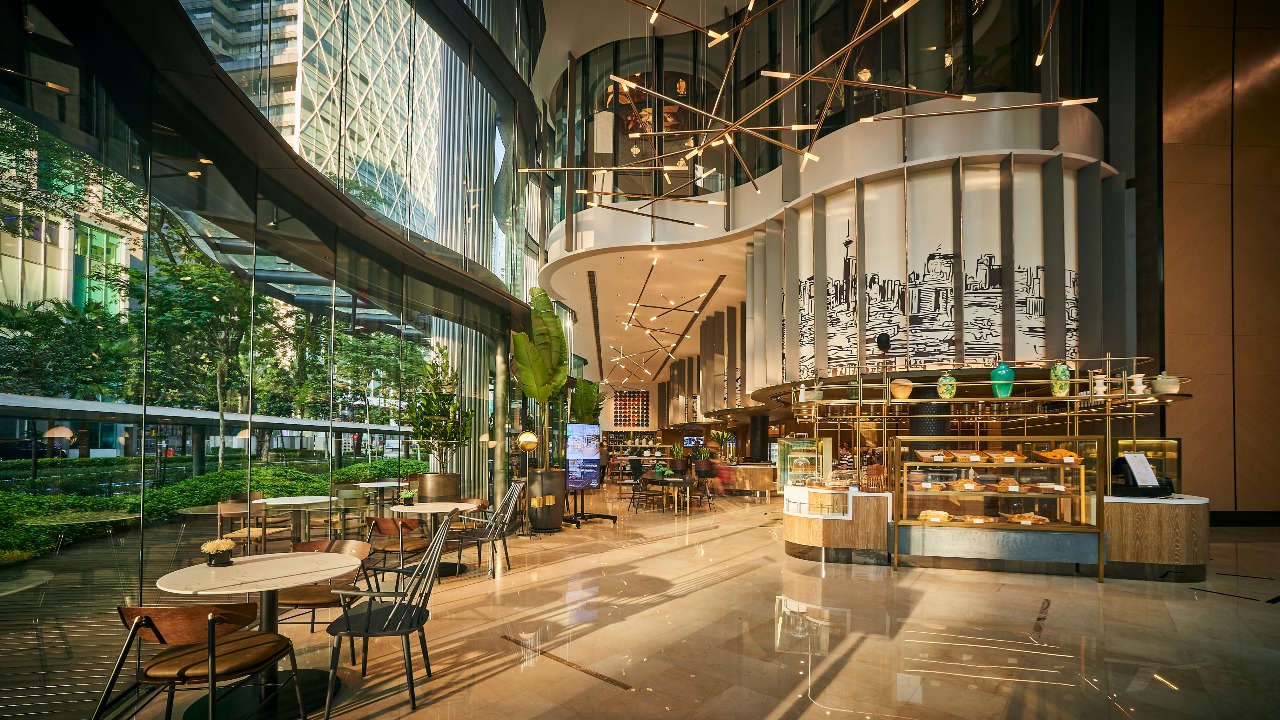
Over the course of your career, what challenges did you encounter that contributed to your professional growth?
One of the biggest obstacles I face in our practice is aligning our vision and thoughts. As designers, ensuring that everyone’s creative ideas and goals are in sync can be quite challenging. I’m currently managing a small studio with around 28 team members, which is a more manageable size compared to my previous tenure. Back then I had a bigger studio with around 80 people, and leading such a large team of creative individuals was indeed taxing.
Outside of the design world, are there any activities that help you recharge creatively?
I enjoy travelling, particularly when I’m abroad. It’s not about shopping or dining; rather, it’s about experiencing new places and gaining fresh outlooks. Exploring unfamiliar sights and experiences energises me and it’s almost like taking my vitamins. Once I return, I reflect on what I’ve learned and discovered during my travels, which enriches me personally.
